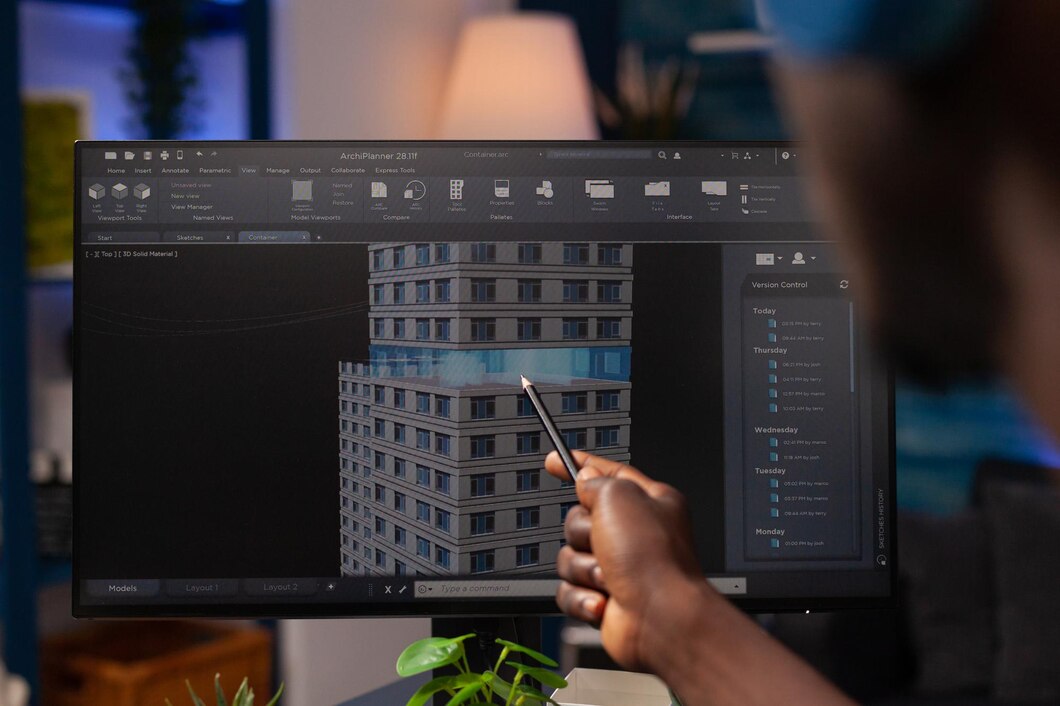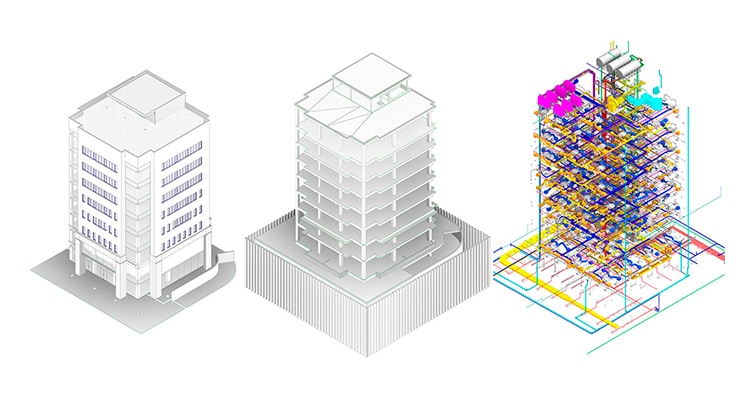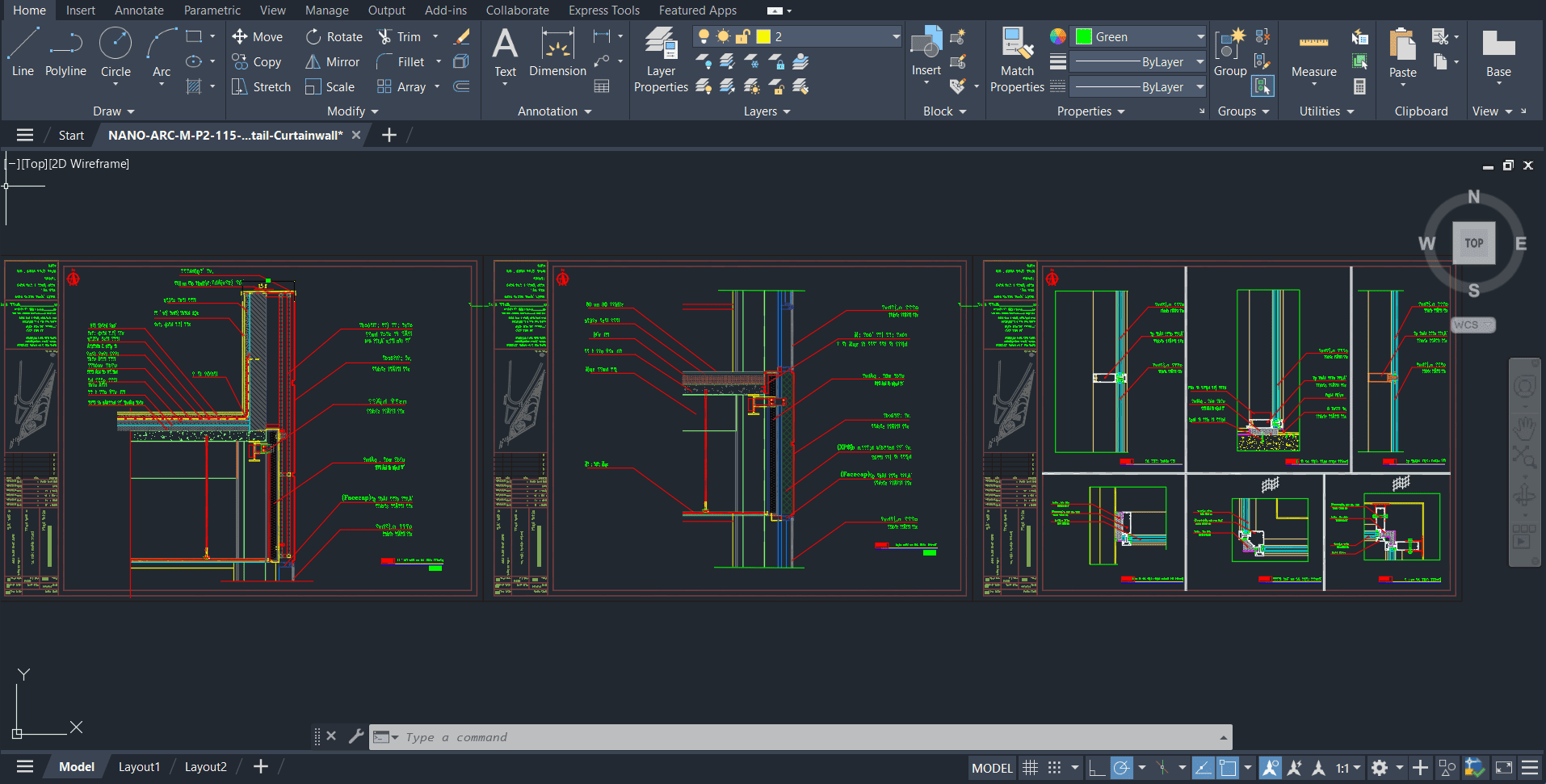
Using Revit Architecture for BIM, an architect can create intelligent 3D models that automatically update floor plans, elevations, and sections as the design evolves, ensuring accuracy and consistency across all documentation. Revit’s integrated analysis tools enable the architect to perform sustainability assessments and structural analyses directly within the model, streamlining the design process and aiding in informed decision-making. Moreover, its extensive collaboration features allow for seamless multi-disciplinary coordination, reducing clashes and miscommunications, which is vital for complex architectural projects.

analyze, and document structural systems within the same BIM environment, allowing for a seamless design process that aligns architectural and structural perspectives. It supports interdisciplinary collaboration, while its analytical model linkage with external structural analysis applications ensures that the structural integrity of the design is thoroughly examined and optimized.

By utilizing Revit MEP, architects can design, visualize, and simulate a building’s mechanical, electrical, and plumbing systems within an integrated BIM workflow, ensuring that these critical systems are well-coordinated with the structural and architectural elements. This specialized software enhances collaboration among all project team members, facilitates early detection of system conflicts, and promotes a comprehensive design approach that optimizes building performance and energy efficiency.

Through BIM coordination, an architect can integrate diverse aspects of a building’s design by consolidating different discipline models into a unified framework, allowing for meticulous cross-disciplinary checks and coordination. This process not only streamlines project workflows, reducing errors and omissions, but also enhances collaboration, ensuring that structural, architectural, and MEP systems are harmoniously designed and analyzed for optimal functionality and constructability.

AutoCAD 2D can assist an architect in creating detailed, precise drawings and modifications of building components that can be imported into Revit, providing a platform for initial concept sketching or editing legacy data during the BIM process. Its interoperability with Revit allows for an efficient workflow, where 2D drafts can be utilized to refine and update existing 3D models, ensuring that all changes are accurately reflected in the BIM environment.

Navisworks excels as a project review tool for architects, allowing for aggregation of various BIM models from different design disciplines into a single comprehensive project model, facilitating easier identification of discrepancies and coordination issues. Its powerful clash detection capabilities enable architects to preemptively resolve potential conflicts and optimize design before construction begins, which can save both time and resources. Additionally, Navisworks provides extensive visualization and simulation tools, such as 4D time-sequencing and photorealistic rendering, which assist architects in analyzing construction processes and communicating the project progression to stakeholders more effectively.

An architect with detailed design knowledge can maximize BIM effectiveness by meticulously constructing a comprehensive 3D model in a BIM software, like Revit, ensuring that all architectural details are accurately reflected, which aids in clash detection, energy modeling, and structure analysis. By utilizing this detailed model for iterative design and analysis, the architect can collaborate effectively with engineers and contractors to optimize the building’s performance, sustainability, and constructibility throughout its lifecycle.

